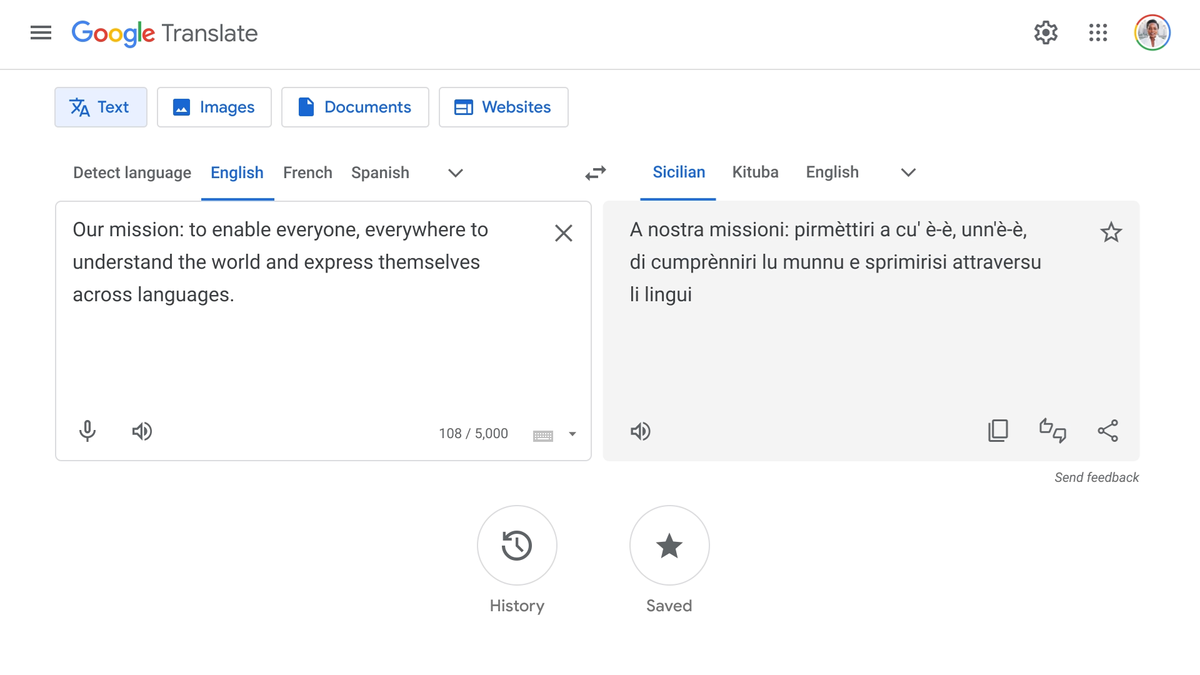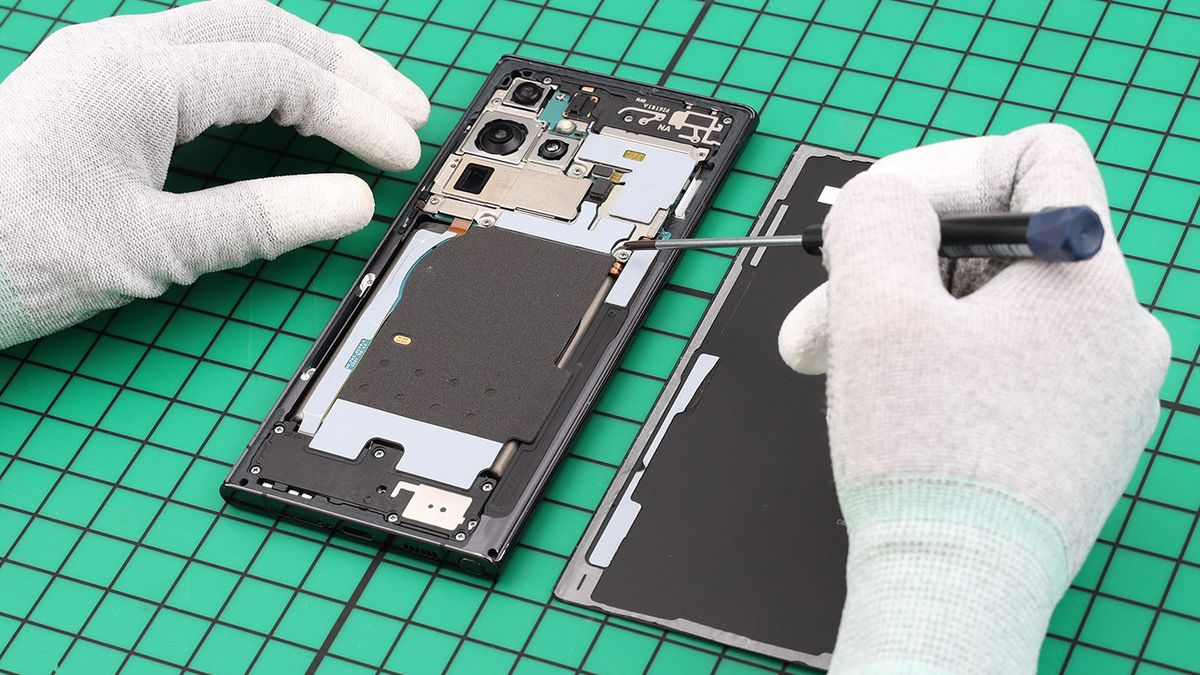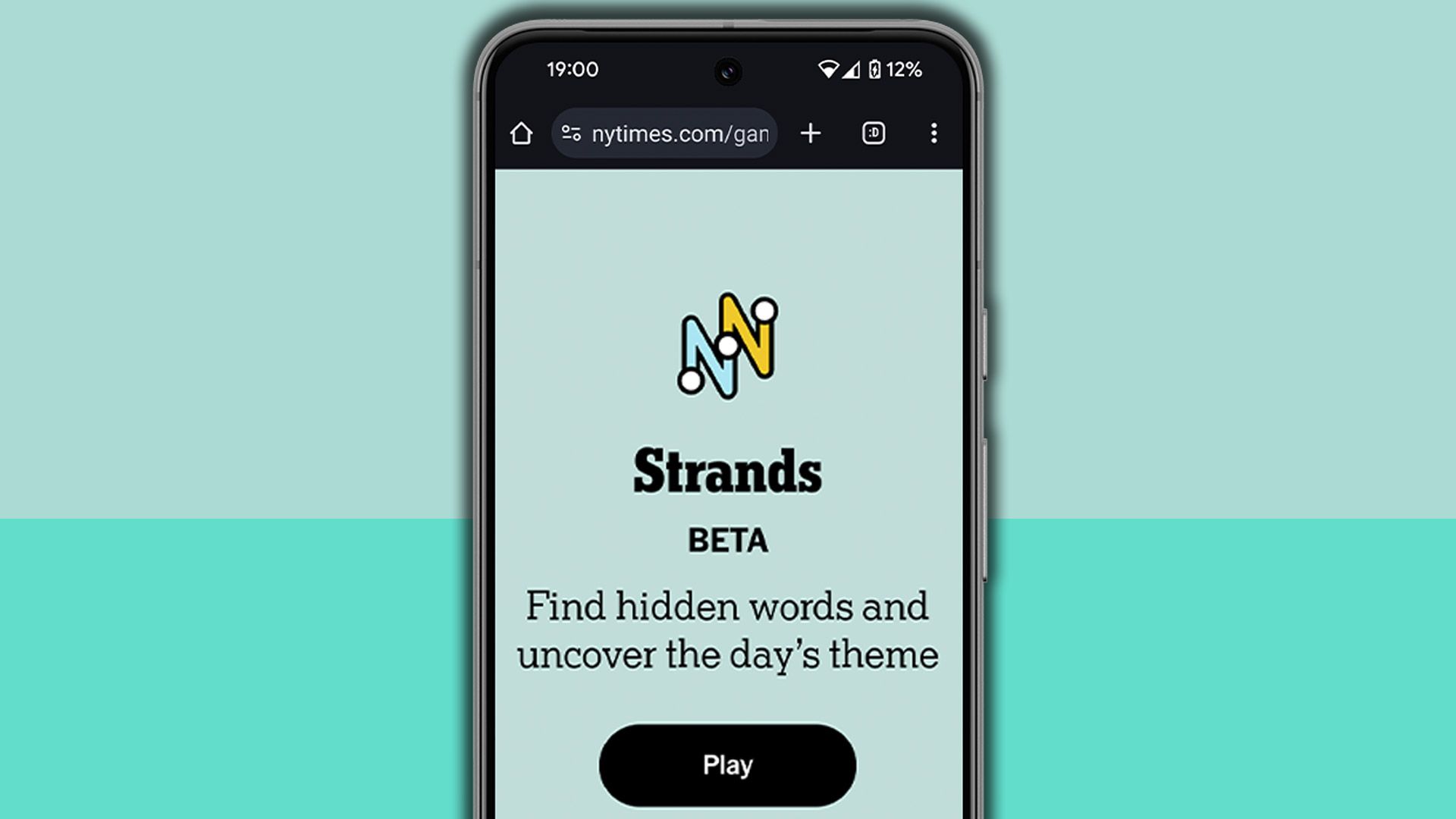Google Translate is adding 110 new languages to its library, the largest expansion ever made to the platform. The update leverages Google’s PaLM 2 large language model, an artificial intelligence tool that helps translate accurately across a wider range of languages than ever before. Those languages are spoken by an estimated 614 million people, or about 8% of the world’s population.
The list includes some widely spoken languages, dialects and idioms that are native to smaller communities. Notably, African languages saw the greatest expansion, with Fon, Kikongo, Luo, Ga, Swati, Venda and Wolof all joining the list. At the other end of the spectrum, Cantonese is probably one of the most widely spoken languages on the new list, as is Punjabi (Shahmukhi), the most widely spoken language in Pakistan.
There is also the Sicilian version of Italian, Manx, a Celtic language spoken on the Isle of Man that almost became extinct, and a Creole from Papua New Guinea called Tok Pisin.
PaLM 2 Talk
For languages that combine regional dialects and different spelling standards, Google opts for something that can be better understood by most people, as is the case with the Romani language offered by Google Translate, which includes three different dialects.
The update was made possible thanks to PaLM 2 LLM, which improves Google Translate's ability to learn and switch languages efficiently. This model is especially suited to handling languages that are closely related, such as Awadhi and Marwadi, to Hindi or the various French Creoles. PaLM 2's advanced capabilities allow you to manage nuances and variations within these languages, providing more accurate and culturally relevant translations.
The application of PaLM 2 to Google Translate is also interesting because of its origin as a tool to help foster communications between humans and AI. For example, both PaLM and PaLM 2 have been employed to help teach robots how to perform tasks and process human commands into steps to complete those tasks.
Potentially the best part is that it's available on the web or through the Google Translate app on Android and iOS.









